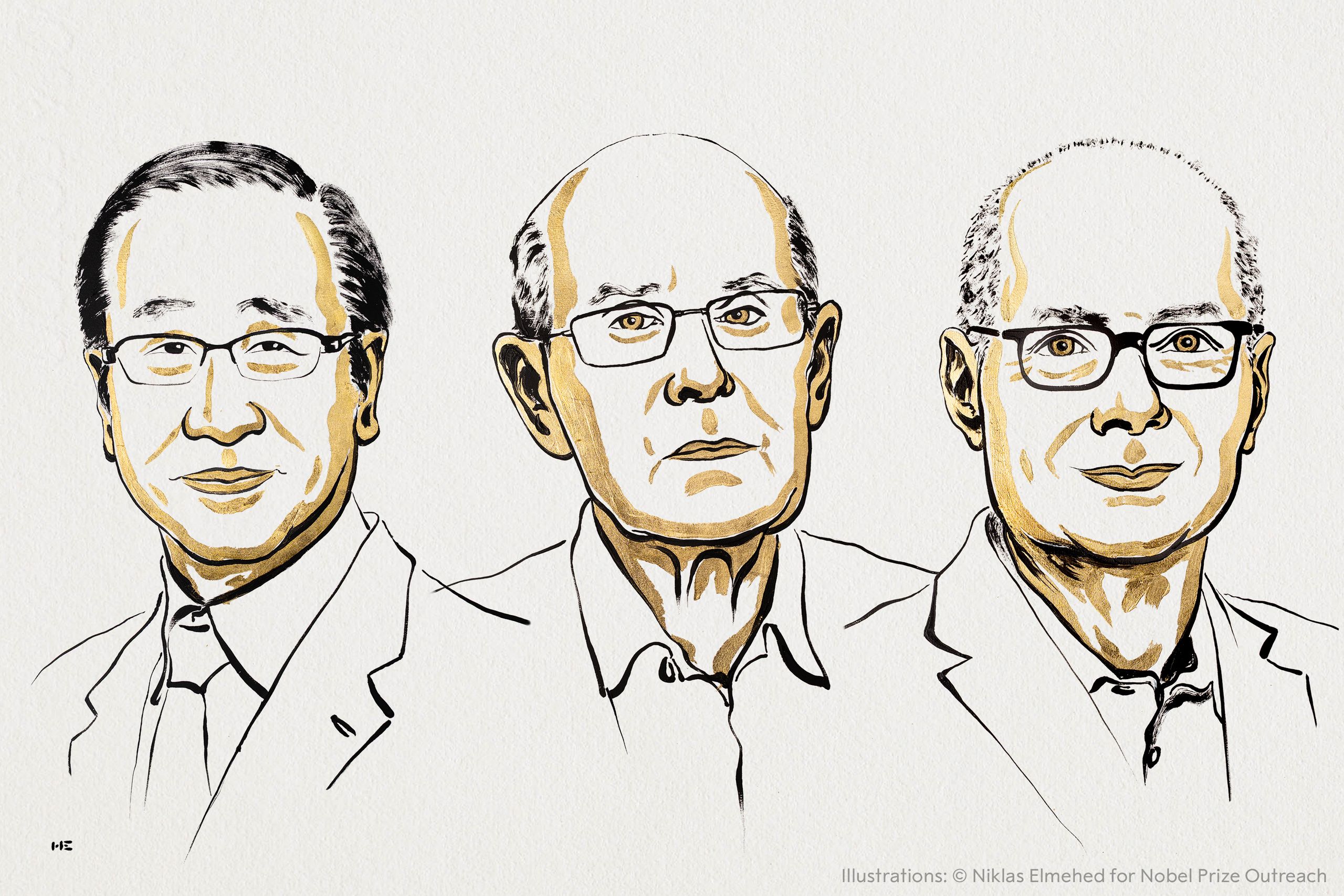Three scientists who developed materials that are like something out of “Harry Potter” have won the 2025 Nobel Prize in Chemistry.
Susumu Kitagawa of Kyoto University in Japan, Richard Robson of the University of Melbourne in Australia and Omar M. Yaghi of the University of California, Berkeley, won the prestigious prize “for the development of metal-organic frameworks.”
In the Harry Potter series, Hermione Granger has a magical handbag that allows her to carry more objects than it should be possible to fit — like the handbag equivalent of the TARDIS from Doctor Who.
Unlike Hermione’s bag, the new molecular architecture developed by Nobel laureates doesn’t break the laws of physics, but it works in a similar way. The metal-organic frameworks are made up of metal ions linked together by long organic molecules. These ions and molecules are arranged in such a way that they form crystals with large cavities, which can be used to capture and store substances.
The Royal Swedish Academy of Sciences announced the winners at a ceremony in Stockholm, Sweden, on Wednesday (Oct. 8). This is the 117th Nobel chemistry prize and comes with a cash prize of 11 million Swedish kronor ($1.2 million).
“I’m deeply honored that my long-standing research has been recognized,” Kitagawa said by phone at the news conference, adding that the most significant potential application of his work is in separating materials from the air “which contain most of the elements for our important materials.”
The researchers’ work began in 1989, when Robson combined positively-charged copper atoms to a four-armed molecule to form a spacious crystal, like a diamond filled with countless tiny compartments. Yaghi and Kitagawa followed up on this between 1992 and 2003 with work that showed gases could flow in and out of this metal-organic framework; while also making it more stable, flexible and modifiable for unique properties.
Since these discoveries, other researchers have developed innumerable metal-organic frameworks, using them to capture toxic gases required to make semiconductors, harvest water from the desert air, catalyze chemical reactions, and break down harmful chemicals and pollutants — including PFA “forever chemical” plastics, pharmaceutical runoff and chemical weapons.
But the biggest application of the frameworks could lie in the future. They are currently being tested in capturing the carbon dioxide released by factories and power stations.
“My dream is to capture air and separate air,” Kitagawa said. “For instance in CO2, or oxygen, or water, and convert this to useful materials using renewable energy.”
